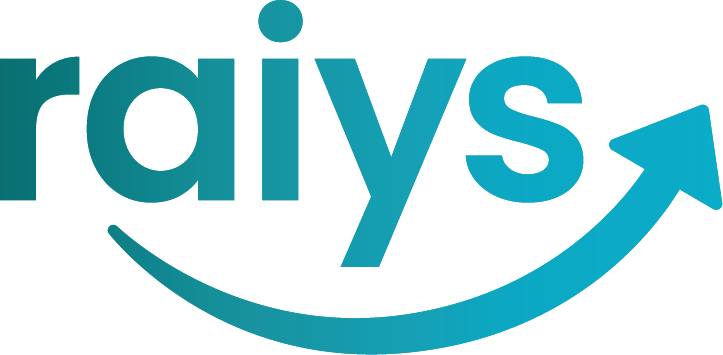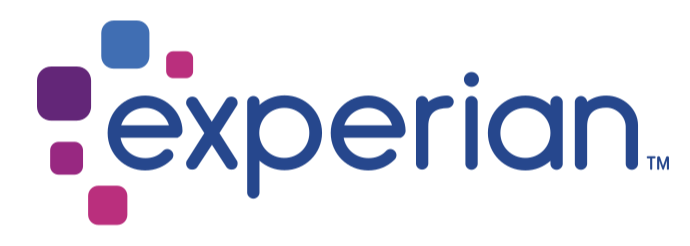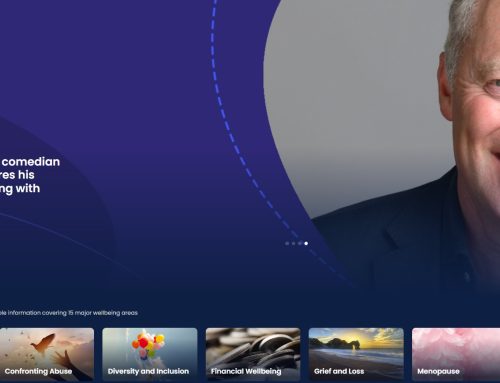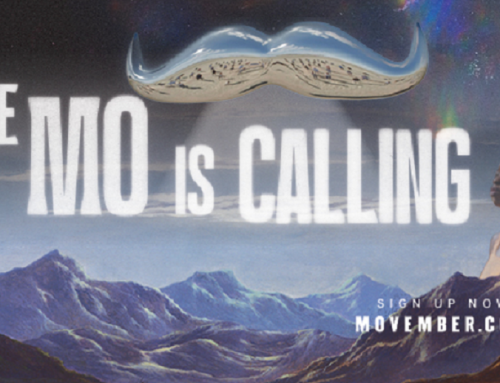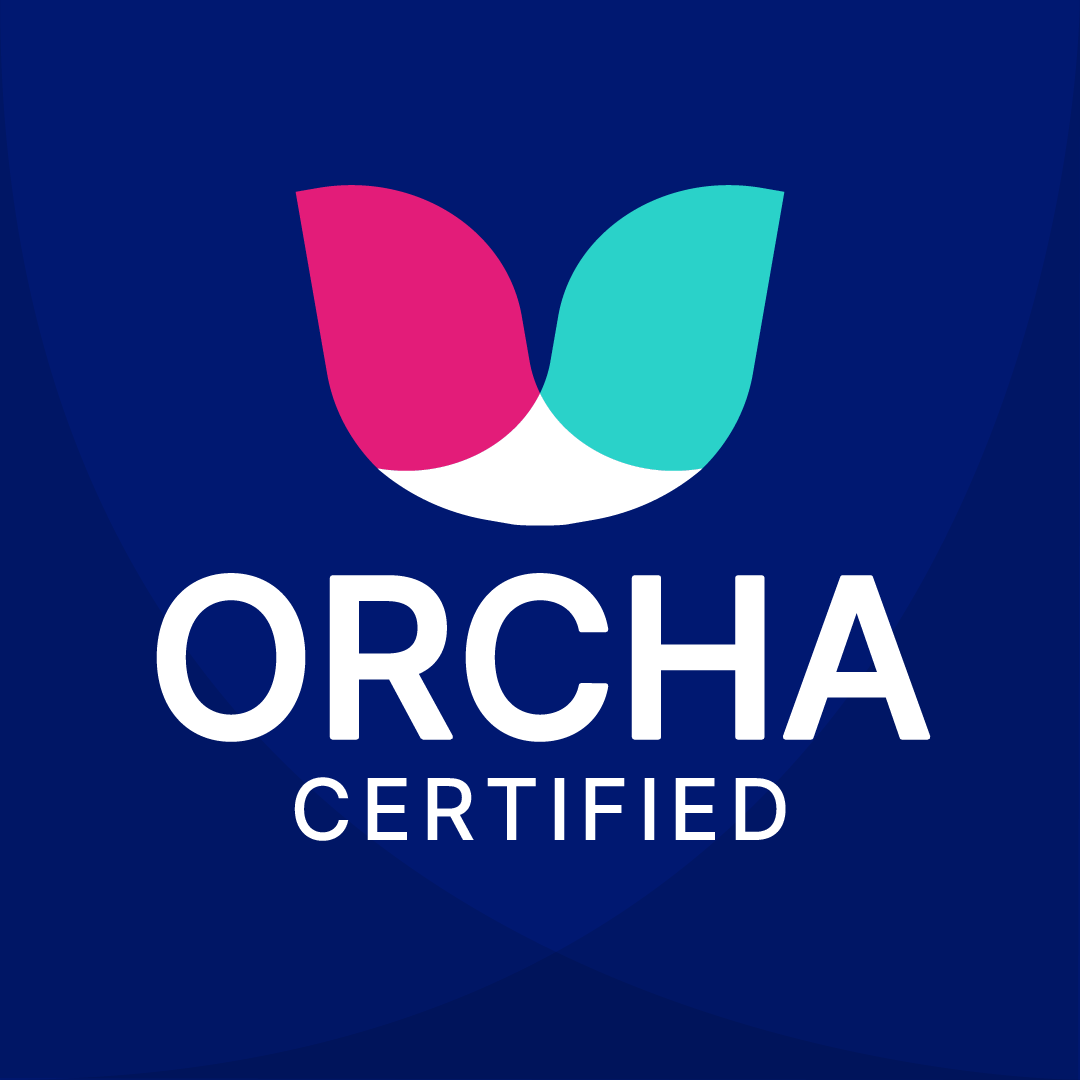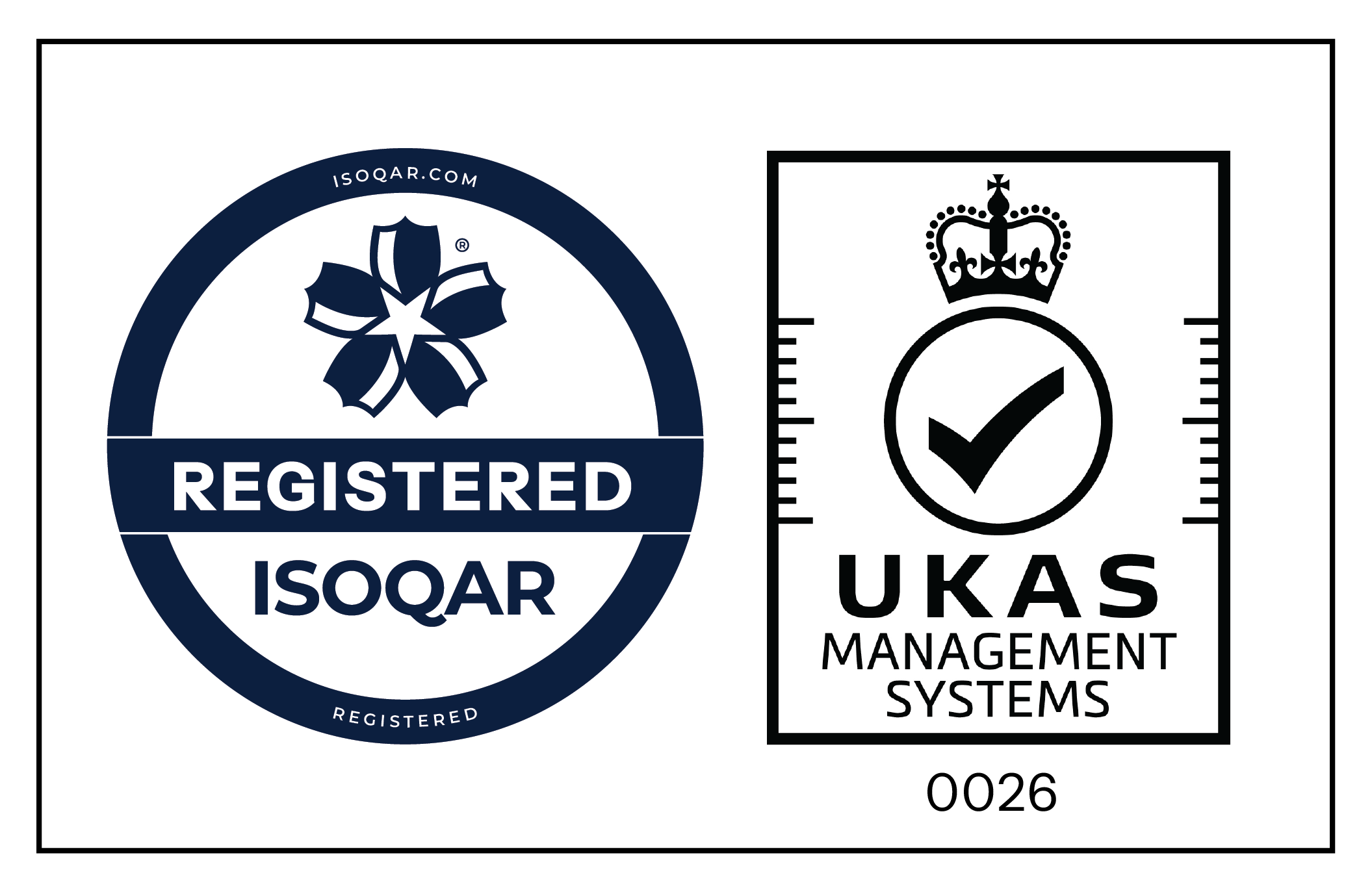As employers attempt to be more inclusive, they have tended to focus on gender and ethnicity as areas to improve on but there’s another important factor that is being overlooked. And that is age.
When we can start work at the age of 16 and still be working into our 70s, how do you ensure that you reflect the needs and outlooks of such a huge age range in the support and benefits that you offer as an employer?
And are you so focused on attracting and retaining young people to your business that you’re ignoring an older dynamic who might well help your bottom line?
To discuss the requirements for support in the era of the five-generation workforce, we brought together three experts to explore the challenges businesses face and the steps they can take to overcome them.
Daniel Jolles is a behavioural scientist and researcher at the London School of Economics (LSE), working on a project called The Inclusion Initiative which is looking at how to create longer, fulfilling working lives.
“Where there’s good age diversity and we’re working well together, with good understanding, we’re seeing that people of different ages recognise the unique contributions that their co-workers are bringing and they’re able to leverage that human and also that social capital to really drive results,” he says.
Being age-inclusive in your approach is a real positive for productivity, especially if your customer base is age-diverse.
“How are we going to understand their needs if we don’t have representation within our own organisation of that customer? That’s not going to be as effective for businesses as if we had that age diversity there,” Daniel tells us.
As forward-thinking organisations try not to make assumptions about gender, race or ethnicity, he says we now have to do the same with age.
Denise Burke is the co-founder of United for All Ages, which she describes as a ‘think-do’ tank to create a ‘Britain for all ages’. Denise points out that young and old often have similar wants but for different reasons. For instance, younger staff might embrace hybrid working to have more flexible hours, while older staff want the same thing to help them juggle work with caring for older parents or grandchildren.
Providing information, signposting support and offer benefits that appeal across the different stages of someone’s career is critical. This is why our wellbeing service has individuals of all ages sharing their lived experience and advice.
And it’s important to remember that older workers can be incredibly helpful to younger employees at times.
“If you’re in a situation in the workplace which a younger person has never faced before, you might say, well, you know what? I’ve had that happen to me a number of times and this is the way I approached it. And that wisdom then starts to play in how the younger workforce can learn,” says Michael O’Reilly, founder of the Age Diversity Network, and a campaigner against ageism in the workplace.
There’s good evidence that when we bring diverse age perspectives together, it enhances creativity, innovation and the performance of teams. Daniel Jolles describes it as ‘the diversity dividend.’
“But in order for that to happen,” he says, “we need really good inclusive management practices. At the LSE, we’re really trying to drill down on what specific things leaders can do to create that inclusion. And age inclusion is a really big part of that.”
So while age isn’t everything when it comes to supporting your workforce, it’s not nothing. So don’t be blind to it when you’re looking to provide more inclusive support for your employees. Watch the full conversation on-demand for more insight into how to manage and support a multi-generational workforce.
This webinar is one of the monthly educational workplace-focused webinars that subscribers to our digital platform have access to.
Talk to us today if you would like more information about the wellbeing services we offer.
And if your company is interested in knowing more about the work of the LSE’s Inclusion Initiative click here to find out more.
